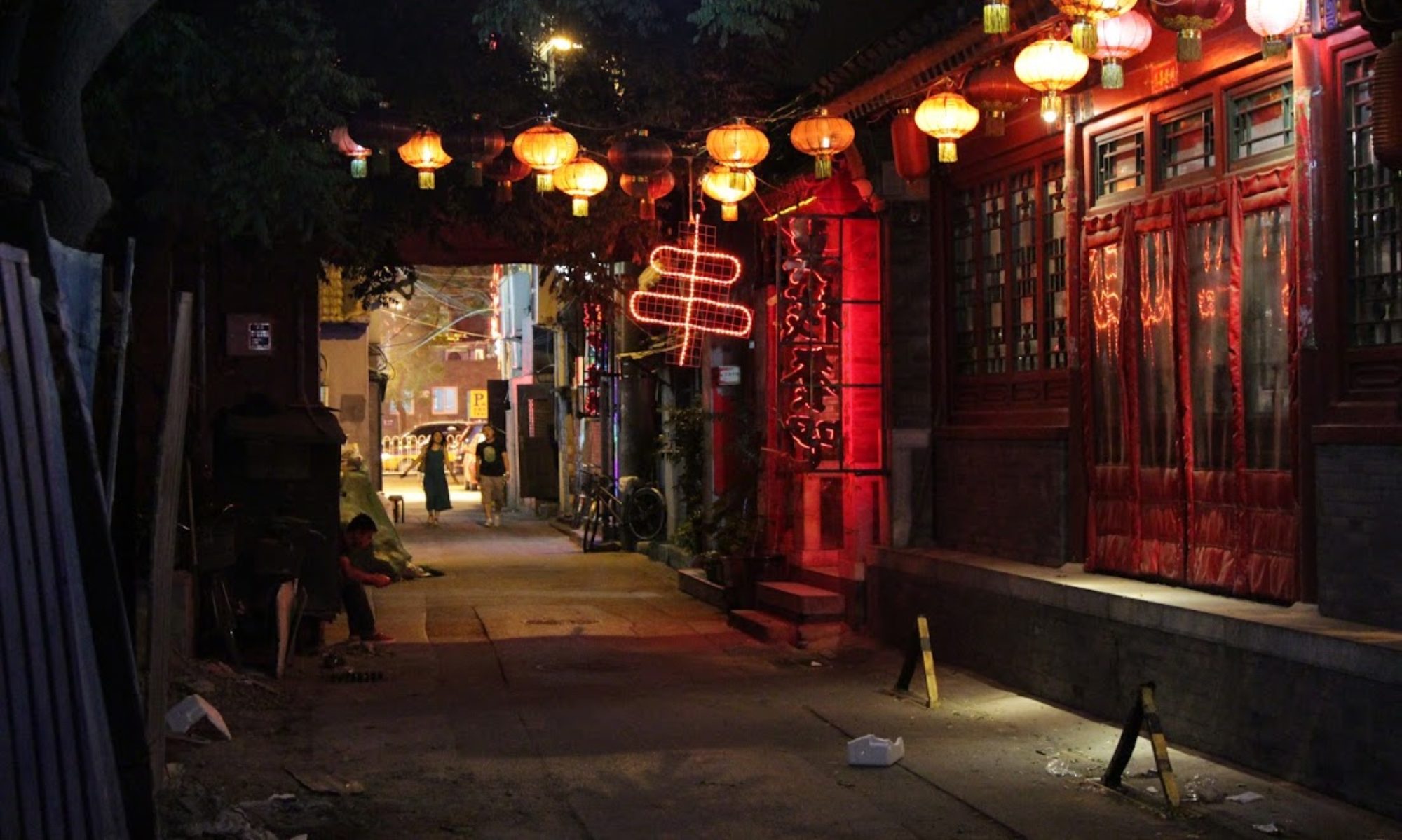Bamboo Forest & Surroundings
Parking in Kyoto was too expensive, so Mochan offered his own suggestions on places to see and then set us loose for two hours. After a full morning of being with a group of 20 seeing shrines and temples around the city, all I wanted was relaxation. I set off for the bamboo forest with little more than change in my pocket for drinks.
After walking in the bamboo forest for some time, we left its confines and began hiking the mountainside. Every time there was a fork in the road heading up, we picked a random direction and continued the hike. Eventually we made it to a vantage point of a river.
I don’t think words [or the picture that follows] does justice to the sight. We stayed there for about 30 minutes, watching men maneuver their boats around the river. Each one had two stand-up rowers, one on either side of the boat. I have no idea the name of the river, but it was beautiful.

Fushimi Inari-taishi
In addition to being the name of a delicious sushi roll, Inari also happens to be the god of rice in Japan. For this reasons, merchants and businessmen in particular worship Inari. Fushimi Inari is the head shrine of Inari, and includes multiple trails all the way up and down a mountain.

These orange tori (gates) surround the path to the top of the mountain. We only had an hour at this shrine, so I began walking with my group at once. The path near the bottom of the mountain is almost nonstop tori gates, but they become more dispersed further up the mountain. There are said to be over 5000 tori in all.
After about 25 minutes of walking through the tori and taking photos, I stopped at the map of the mountain to see how far up I was. I found the ‘You Are Here’ spot, and realized I was only one fifth up the mountain.
It looks like I may have to go back to Japan one day to finish climbing!
Kimono & Silk Field Lab
My final day in Japan was spent with my cultural anthropology class, studying kimonos and silk production in Kyoto. We explored different kimono styles and levels of formality throughout the ages, but the most fascinating kimono had to be the jūnihitoe.
Jūnihitoe translated to English means literally ‘twelve layer robe’, and was worn only by the court-ladies. All kimonos (and every layer of the jūnihitoe) are made of silk. The innermost layer is white, followed by color-coordinated sets of kimonos.

The jūnihitoe pictured weighed about 30 lbs, but they can often weight up to 40 lbs. It is nearly impossible to walk, and movement inside is extremely limited.
Being dressed in jūnihitoe is highly ritualized. Two dressers, one in front and one behind the court-lady, begin by bowing. The dresser in front may never stand, while the dresser in back is in charge of picking up each layer and helping drape the silk over the court-lady’s shoulders.
The jūnihitoe is so heavy that it actually can keep its shape after being taken off.

On another note…
Goodbye Japan; Hello China! Our ship is currently less than 200 kilometers away from Shanghai, and I will be stepping foot on land in the morning. While in China I will also be visiting Guilin and Hong Kong, and look forward to sharing stories and pictures when I’m back on the ship.

